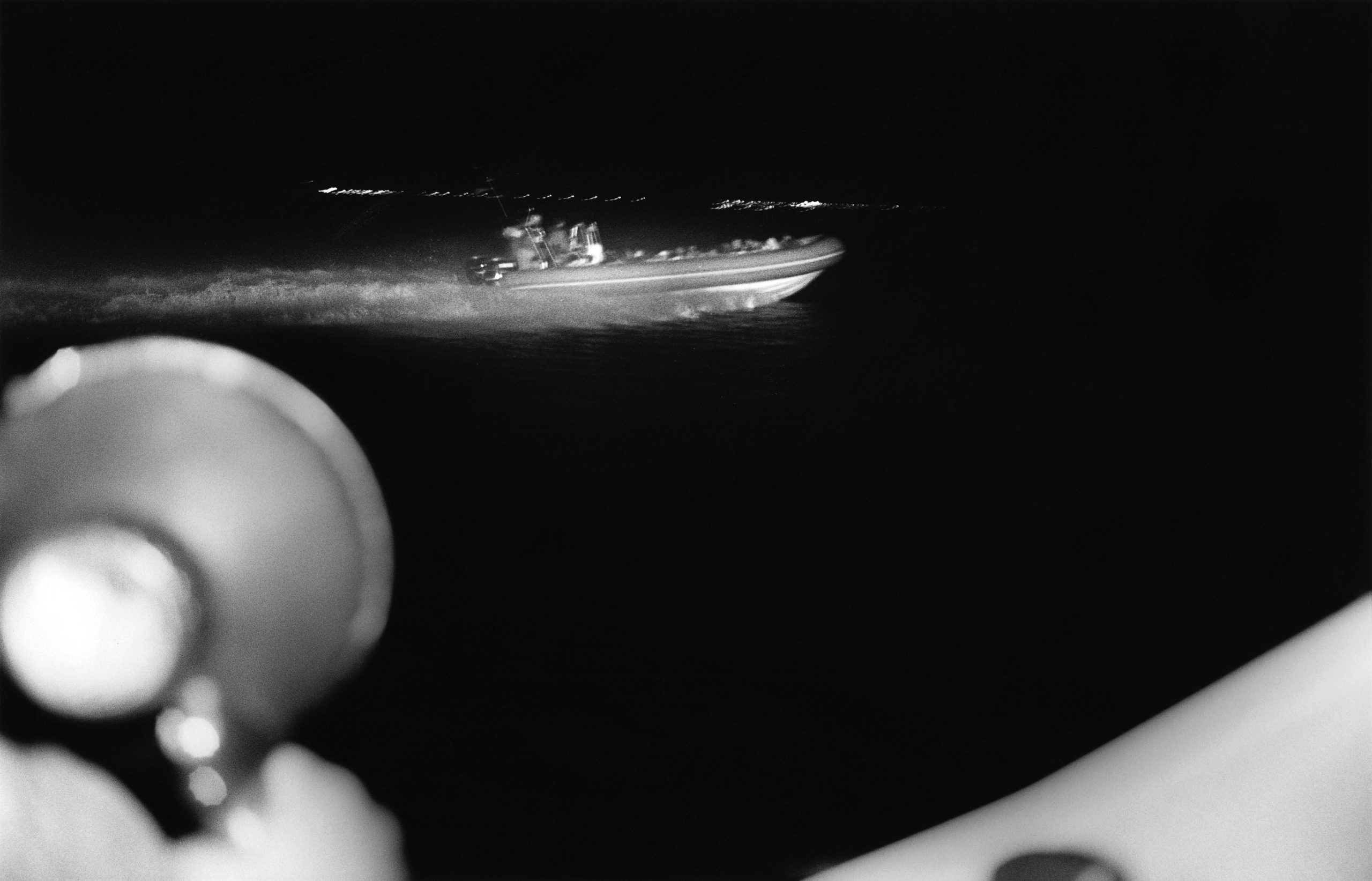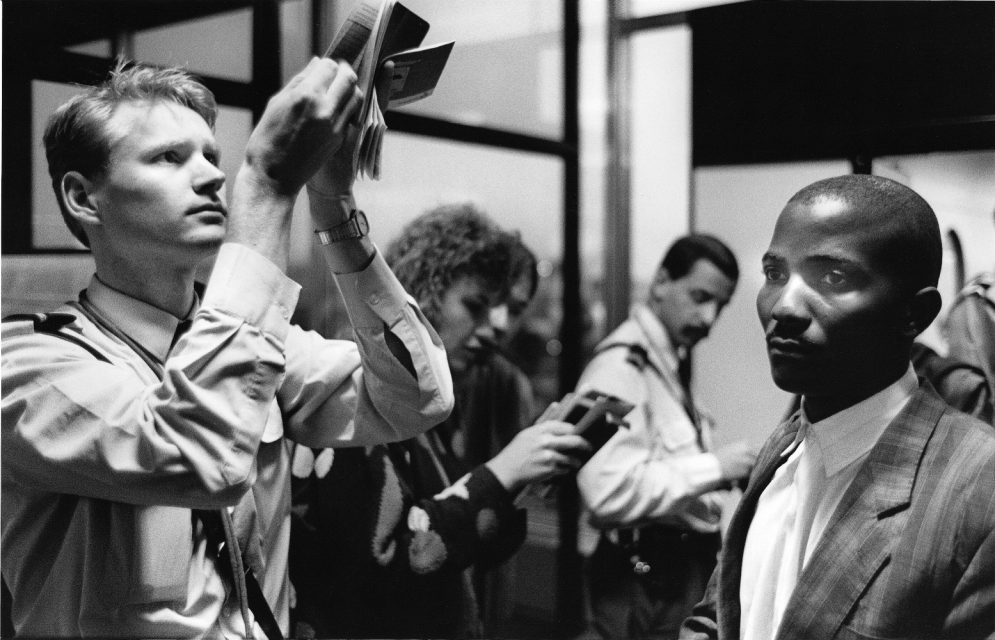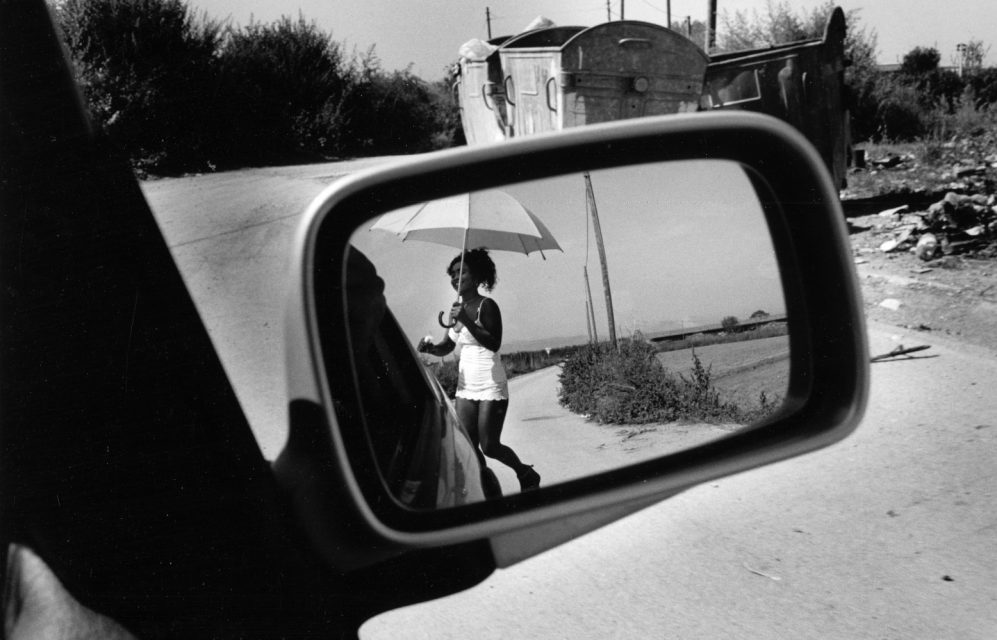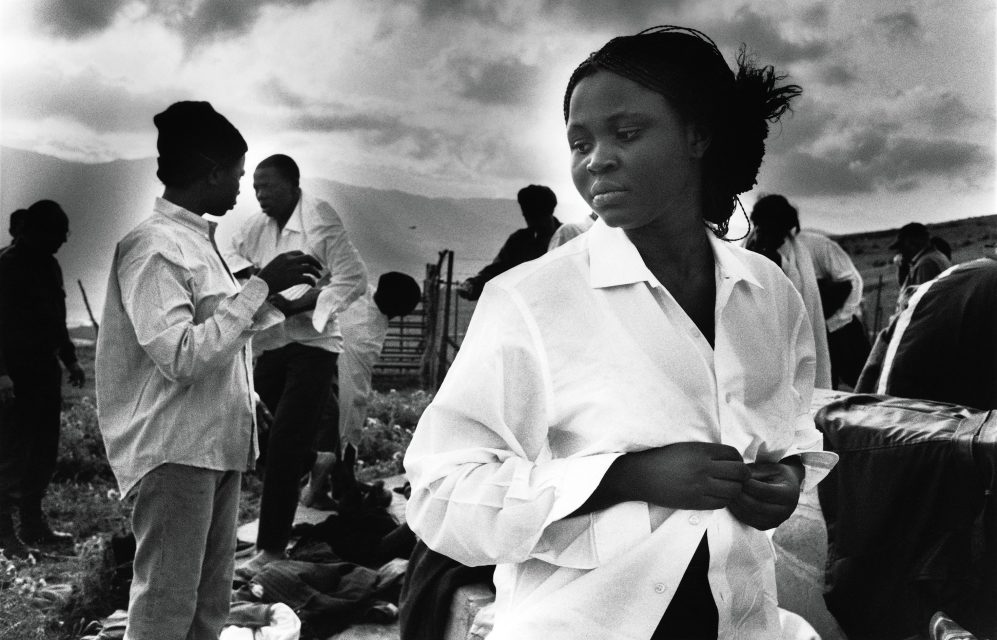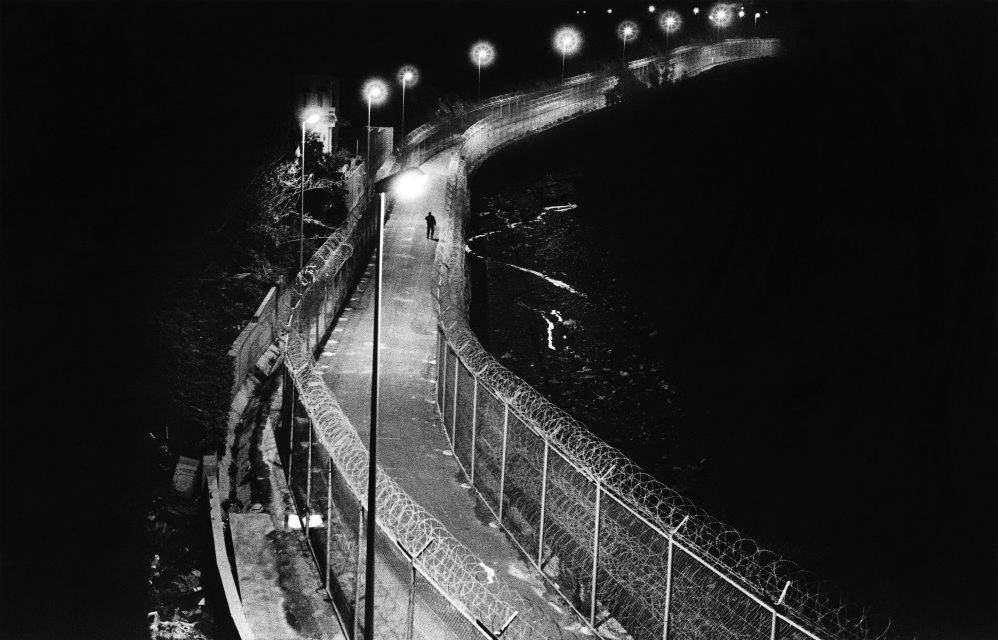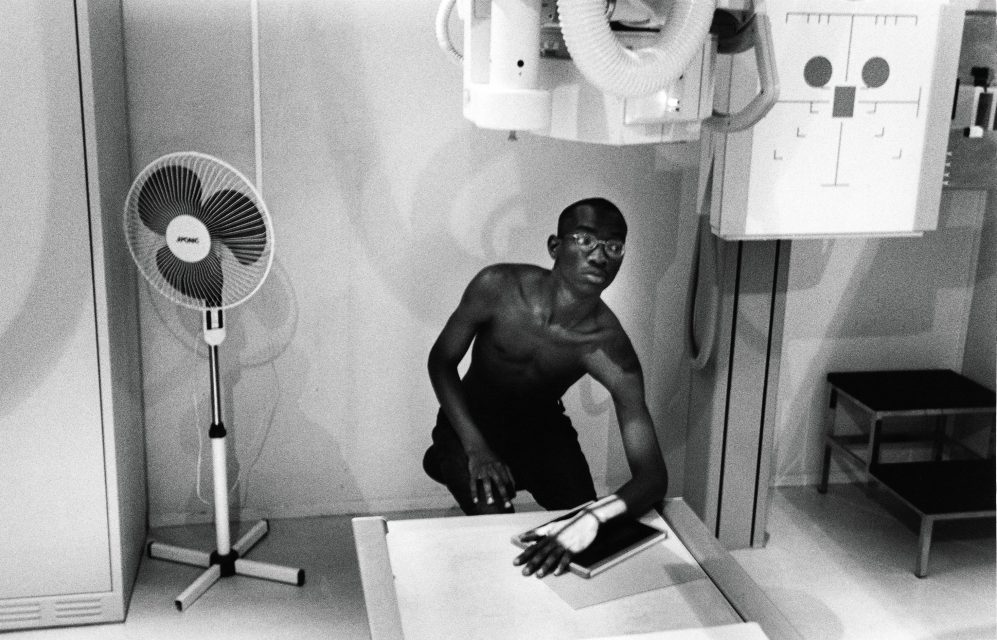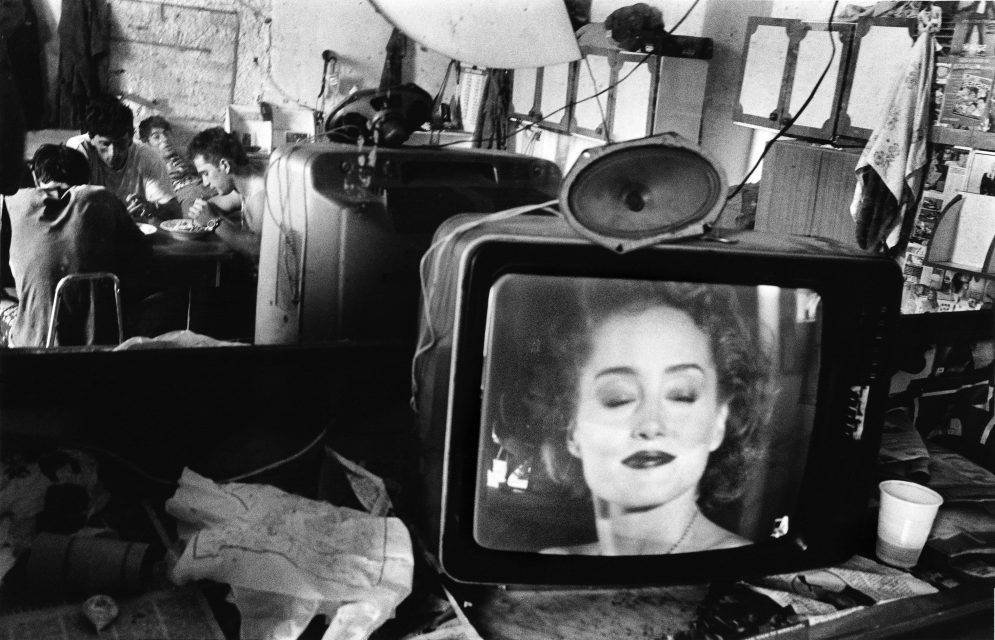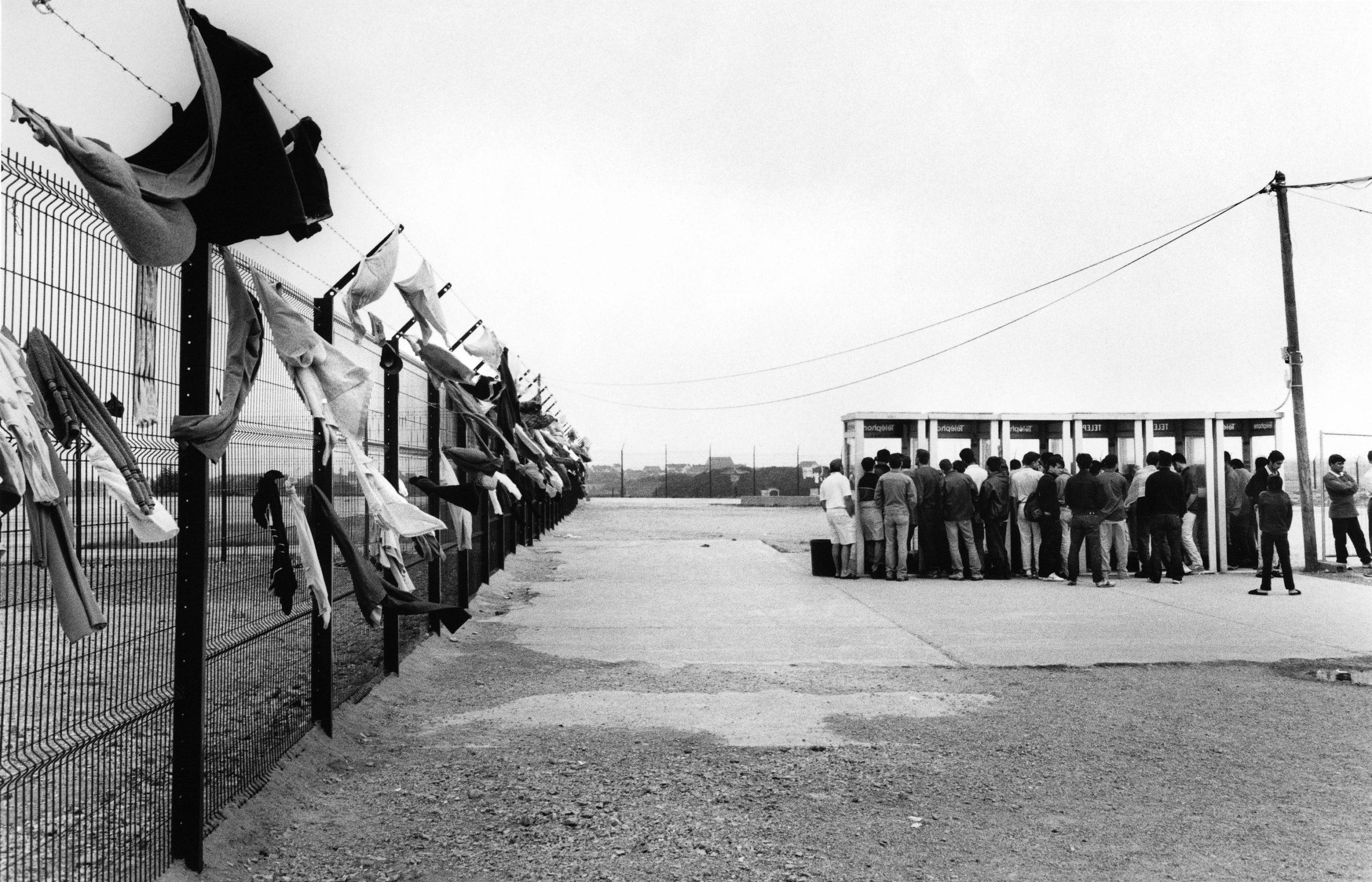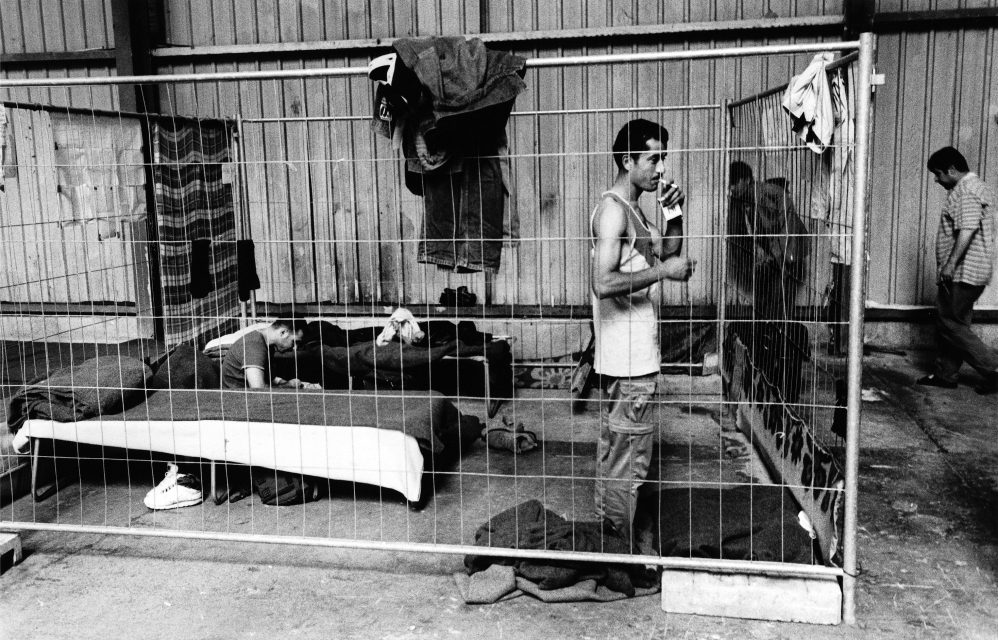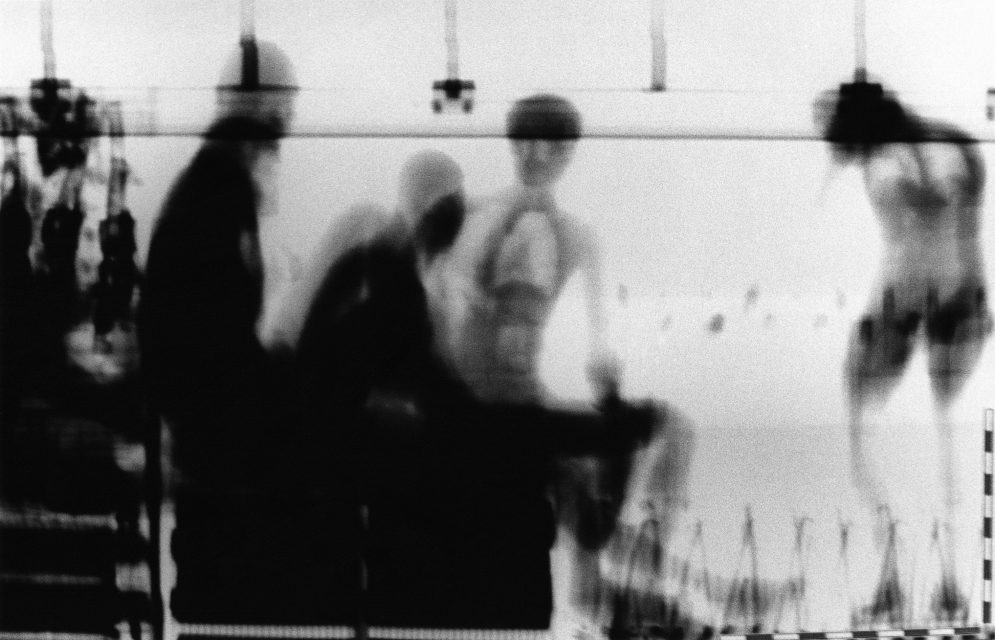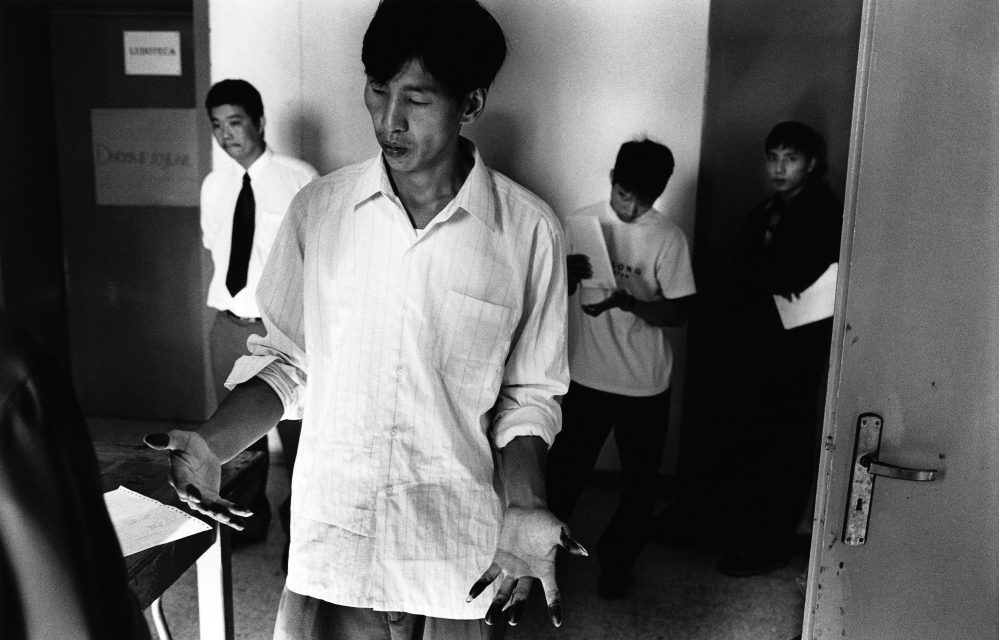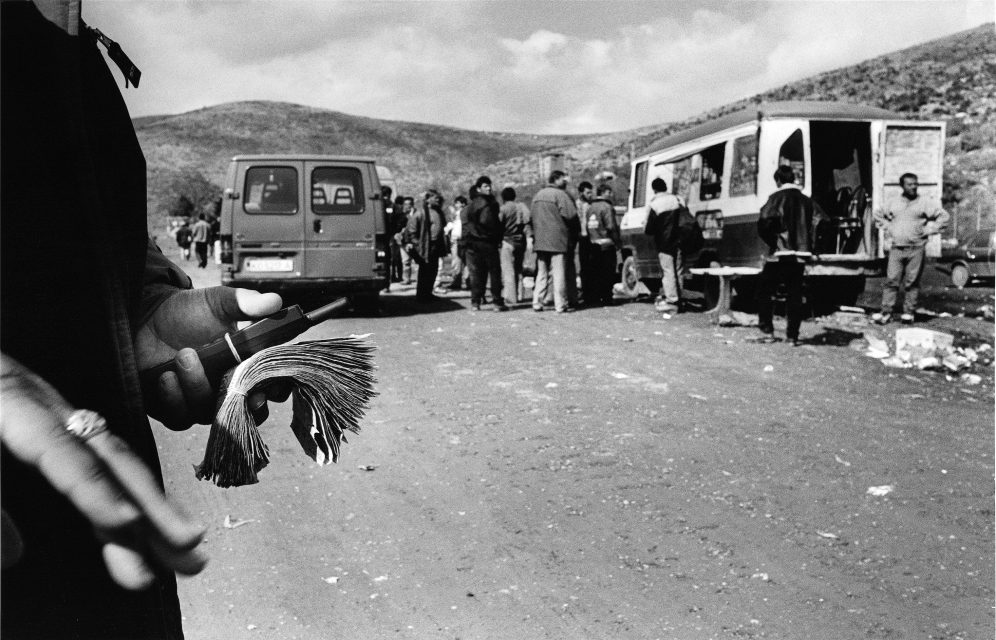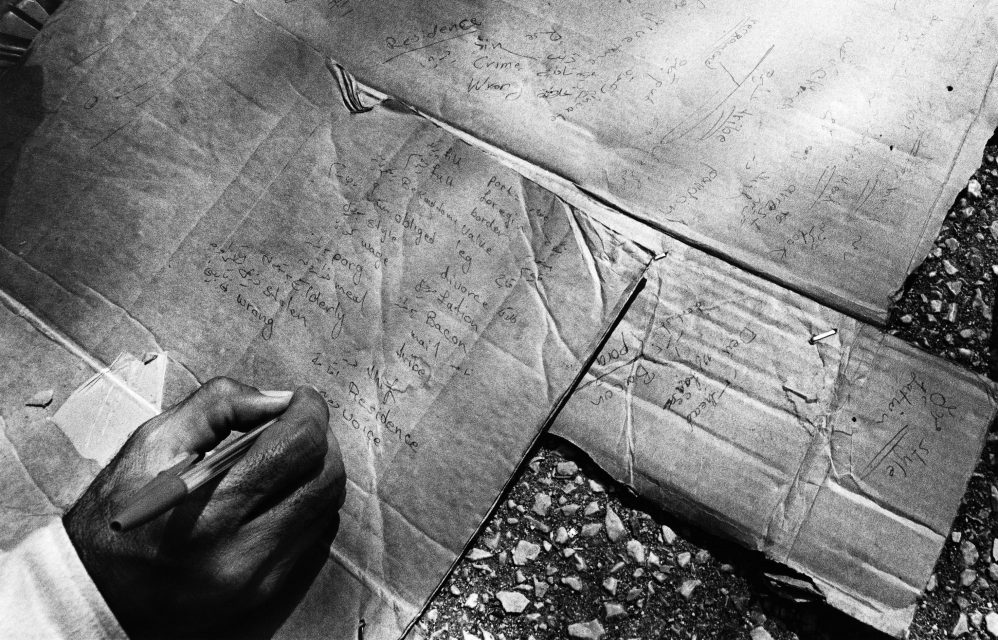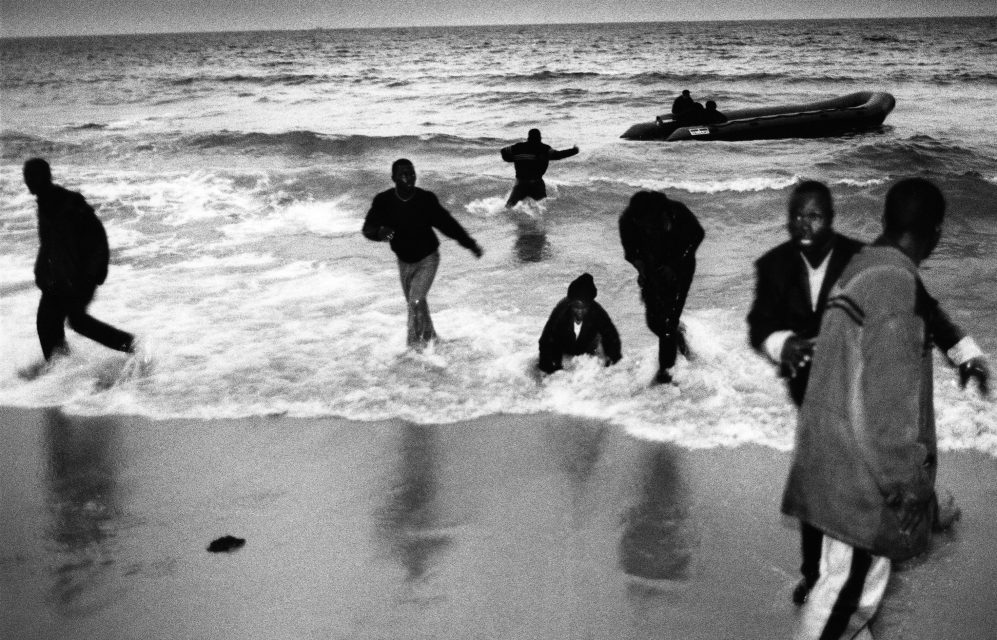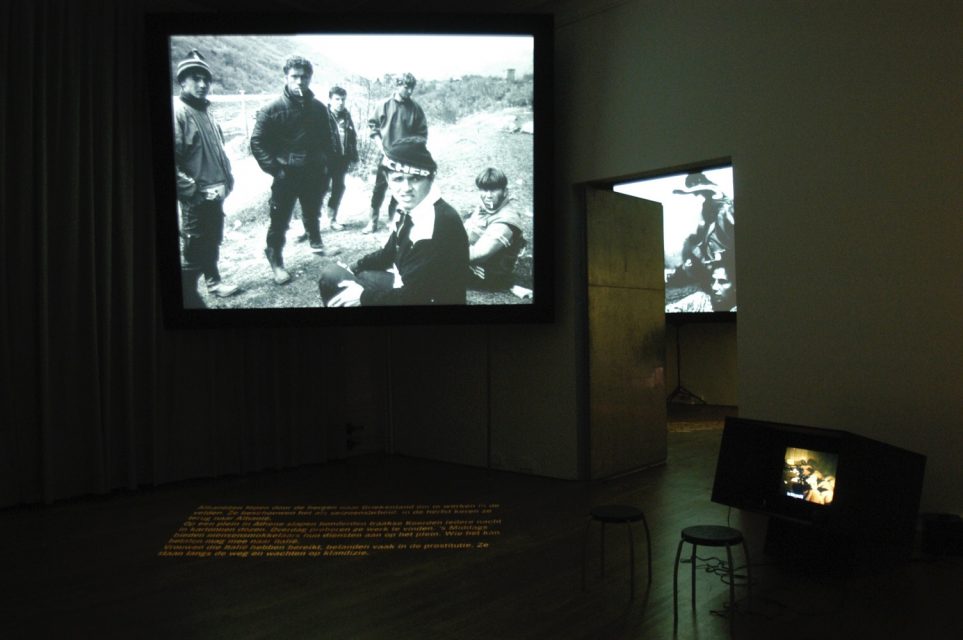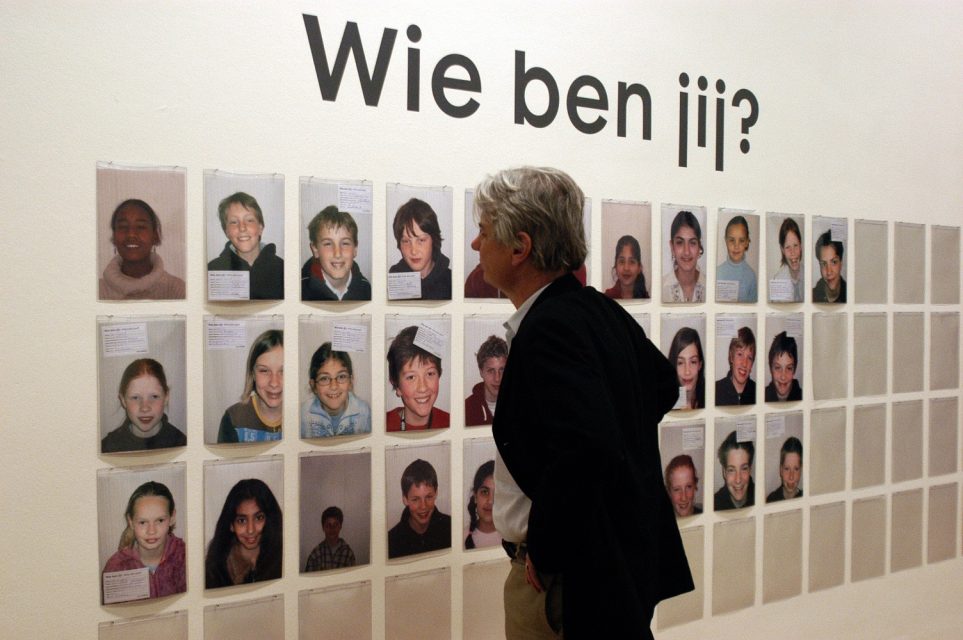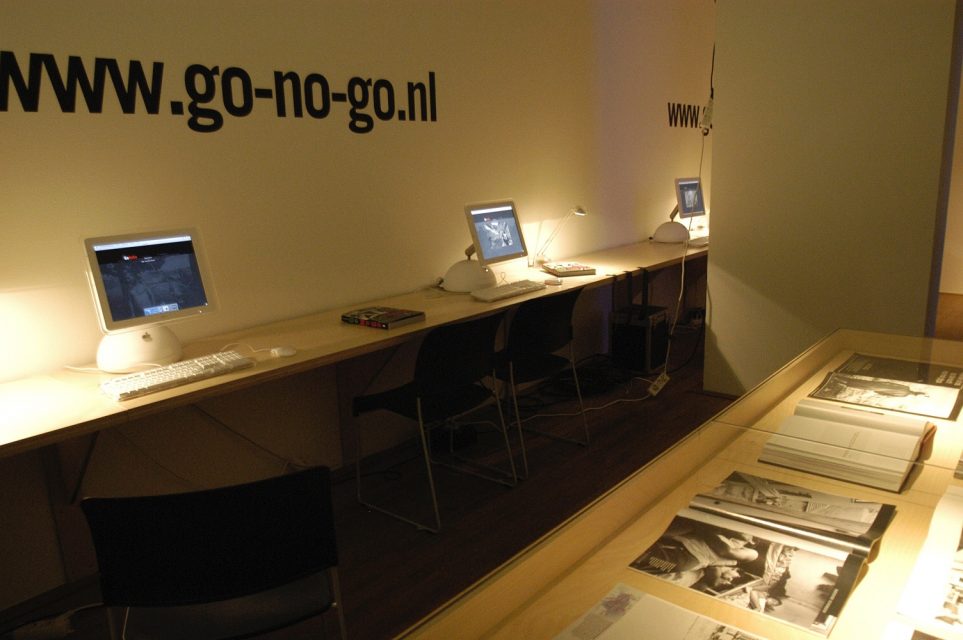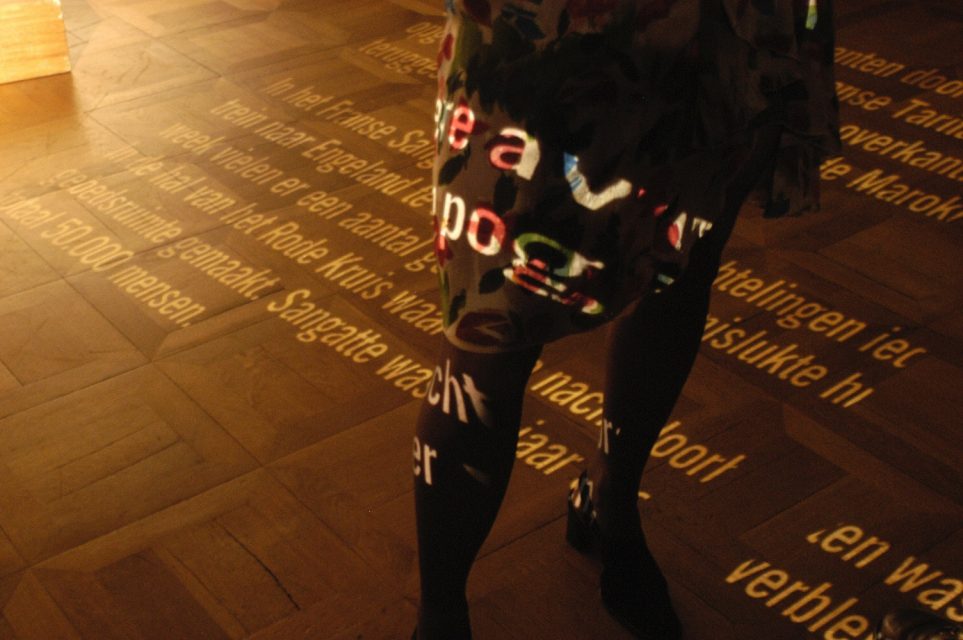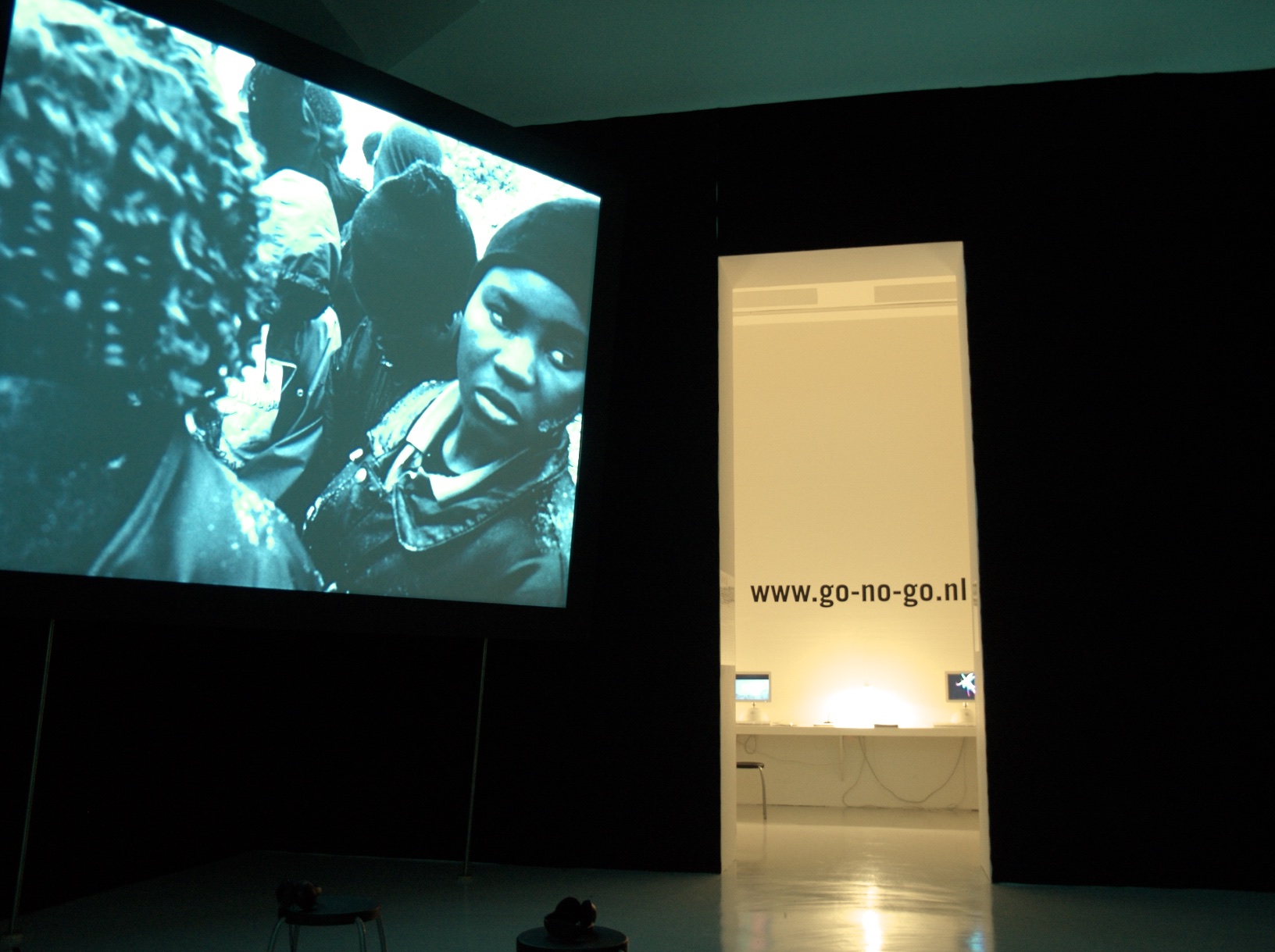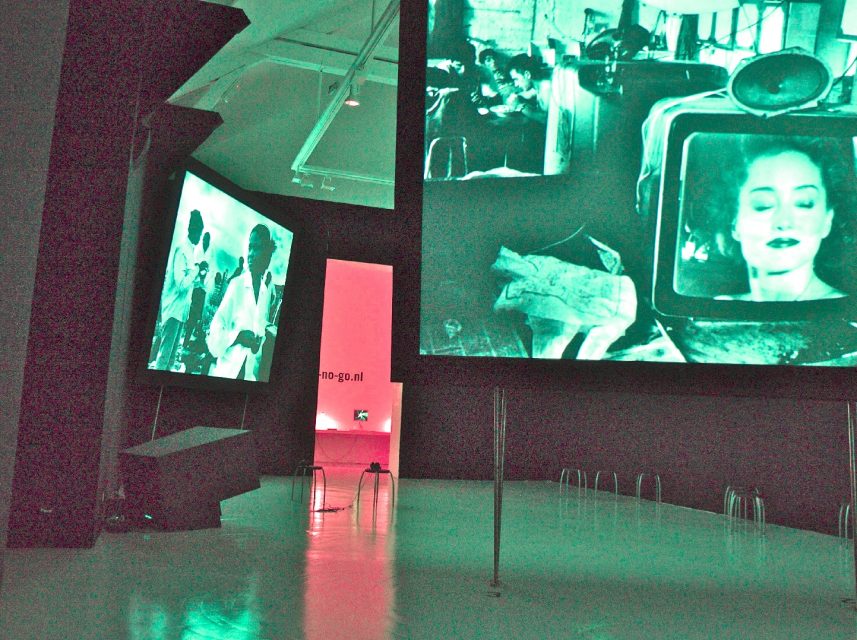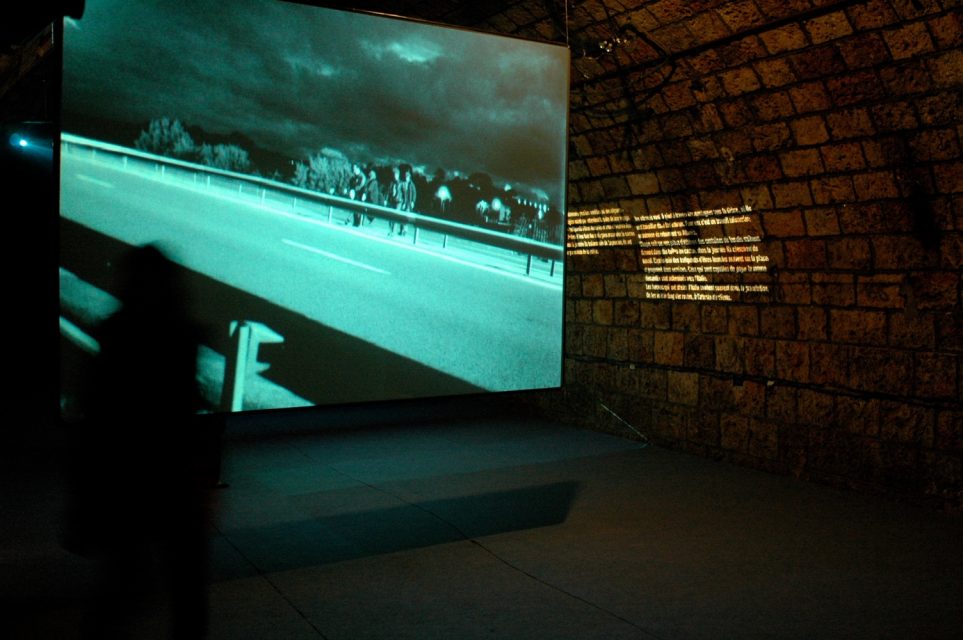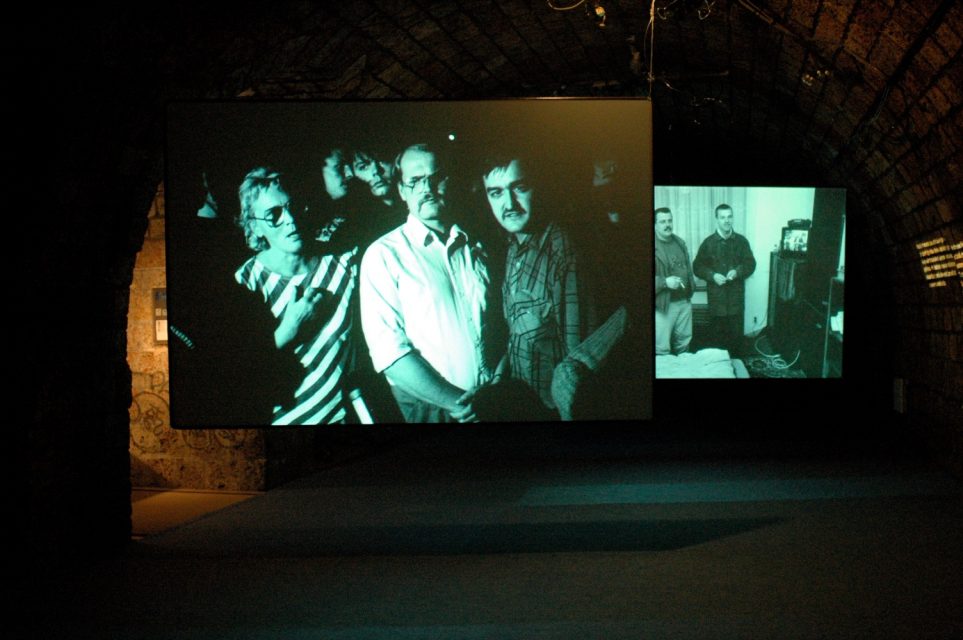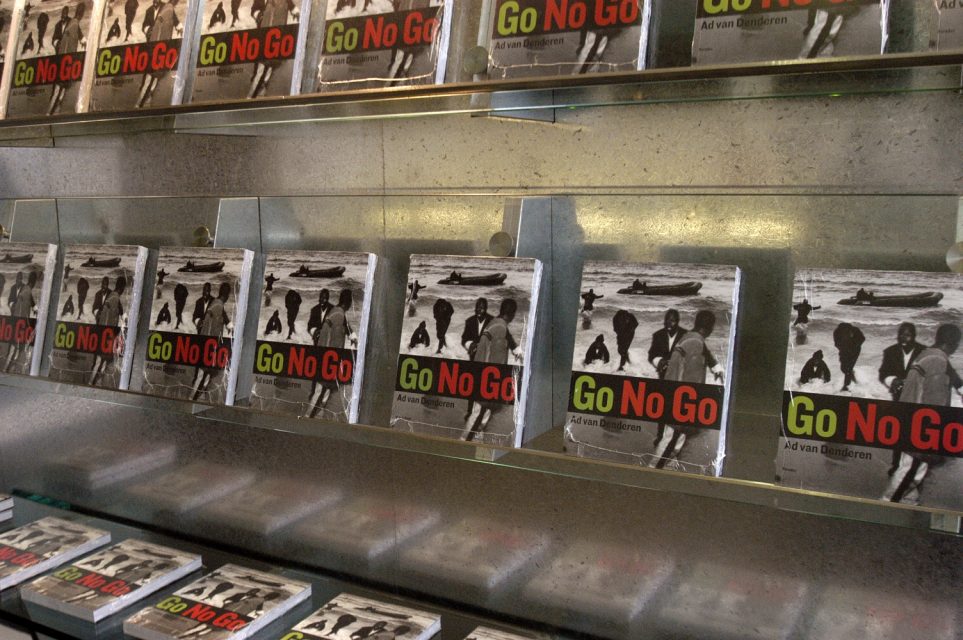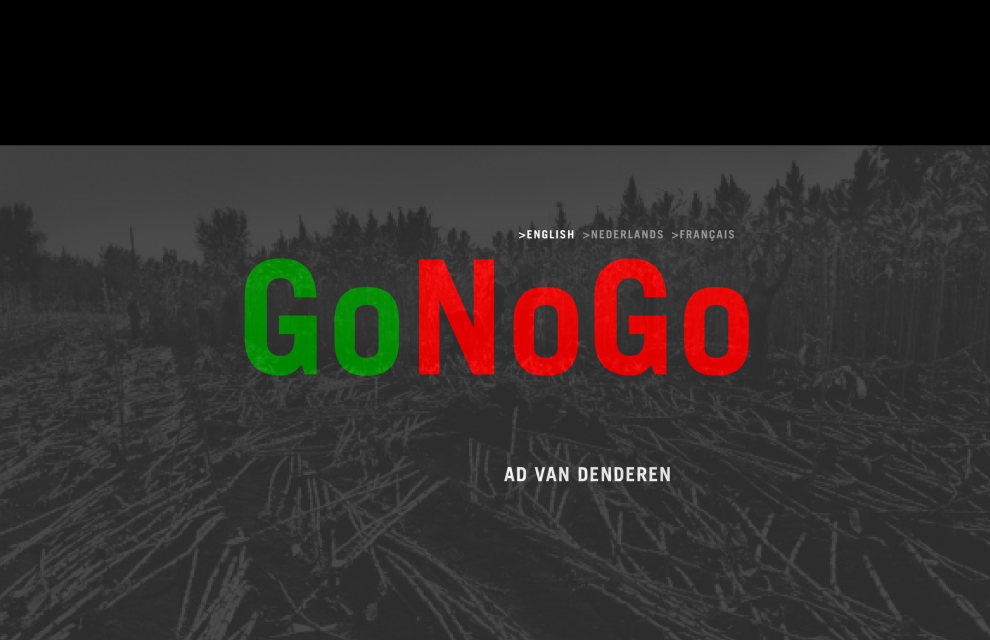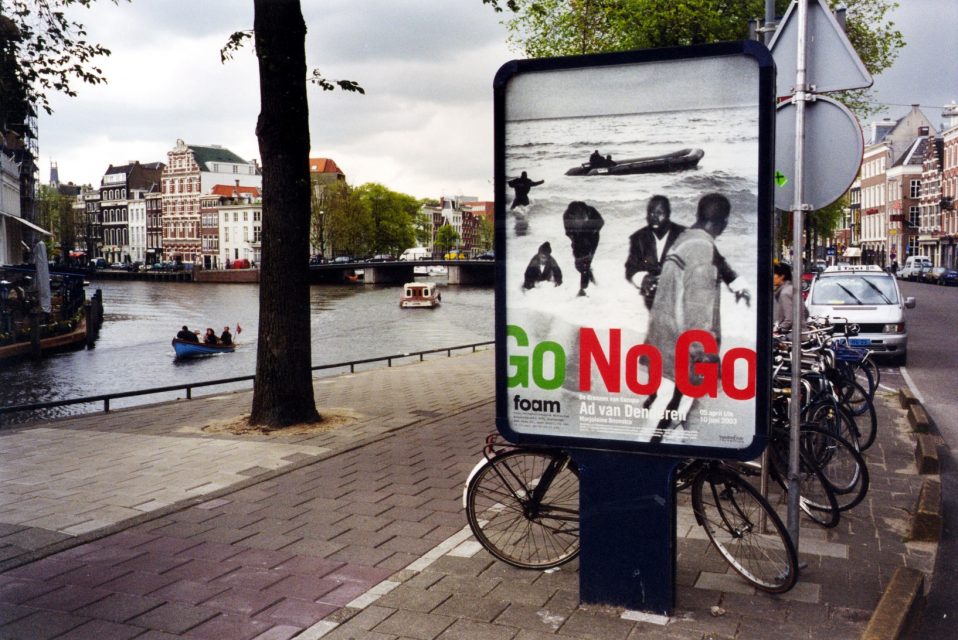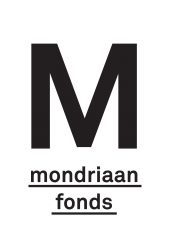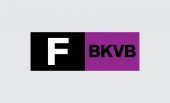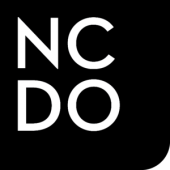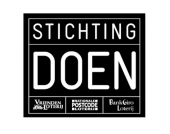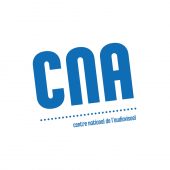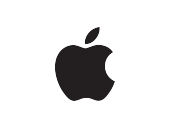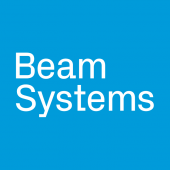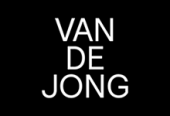Over the past twelve years Ad van Denderen photographed migrants and refugees who were under way to the rich West. He stayed for weeks in squalid pensions in Istanbul, where Pakistanis wait for the human traffickers who will bring them to Greece. He joined police patrols along the border between Greece and Turkey, where it was primarily Sri Lankans who were arrested, and watched how men and women stepped soaking wet from their small boats at night near Tarifa, in Spain, after their rough sea passage from Morocco.
Ever more people make the decision to leave house and home. Aided by their families, they will journey for months, sometimes under dreadful conditions. Van Denderen saw a shadow world arise, of people who are willing to do anything to make a living. They work in the fields of Greece, as prostitutes along Italy’s roads, in the greenhouses at El Ejido, in Spain. Van Denderen recorded their lives. He photographed them in the places where they sleep, the fields where they work, in the prisons intended especially for aliens.‘It’s a hard life,’ says Van Denderen of the migrants. ‘I want to give them a face.’
Ad van Denderen has published in Geo, Stern, Vrij Nederland and The Independent. In 2001 he received the French Visa d’Or and the Care Award for this series, in 2002 the Dutch Scherpenzeel prize. Van Denderen’s images are complemented by the filmed portraits in the four-screen production Britanya by photographer and filmmaker Marjoleine Boonstra (1959). Britanya was shot early in 2003 in Sangatte, the North French provincial town near the entrance to the Canal Tunnel, where the controversial refugee centre closed its doors on 2 December, 2002. In Britanya the refugees, now generally roaming the streets, have their say. Just as in her previous, award-winning production Sa Nule (1996), Boonstra places her characters in front of a mirror and asks them to describe their own lives. Britanya is being shown for the first time during Go No Go.
Exhibition
The Go No Go exhibition is an extremely vivid presentation of Van Denderen’s work. It has travelled past a large number of museums and institutions between 2003 and 2010, as listed in the schedule tab on the right.
Book
Van Denderen’s photographs for Go No Go were assembled in a book that was publised in 2003. It can be bought online via the Ydocstore.
BuyWebsite
Please have a look at the Go No Go website, which offers a wide selection of photographs as well as relevant context on European migration history.
http://www.go-no-go.nl/gonogo.php
Web Design: Antenna-men, Rotterdam, NL
Web editors: Emma Los, Mieke Boer under direction of Marlou Schrover (IISG), Margalith Kleijwegt, Deanna Herst (Paradox)
Film
The Go No Go film was directed by Boris Gerrets along with Ad van Denderen.
Gaan! Niet gaan?
A special Go No Go educational program was developed. Please note that it is available in Dutch only.
Het lespakket Gaan! Niet Gaan? stelt in vijf modulen motieven, gevolgen en beeldvorming over migratie aan de orde; een thema dat bijna dagelijks de actualiteit beheerst. Het materiaal is bestemd voor het 3e en 4e leerjaar vmbo, havo, vwo en mbo; vakken aardrijkskunde, geschiedenis, Nederlands en maatschappijleer (II) en CKV.
In elke module vormen één of meer foto’s het uitgangspunt. Er zal niet alleen worden stilgestaan bij de inhoudelijke betekenis, maar ook bij de esthetische en fotografische aspecten ervan. De lessen worden met behulp van informatie en infographics op de speciale website http://www.go-no-go.nl/educatie gemaakt.
Docenten kunnen voor €15,- een lespakket bestellen dat bestaat uit een uitgebreide docentenhandleiding, tien gelamineerde foto’s op A4 formaat en inlogcodes voor de website waar de lesbladen van gedownload kunnen worden. Het uitgebreide pakket kost €45,- en bevat ook het boek Go No Go van Ad van Denderen. (Normaal €45,-)
Bestel het lespakket online in de Art1 webshop. Meer informatie: Lotte ten Voorde: educatie@paradox.nl
-
Van Denderen is met Go No Go vermoedelijk een van de eerste fotografen die de illegale migratie naar Europa zo indringend en van zo nabij in beeld brengt.
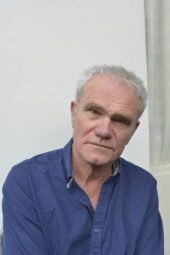 Ad van Denderen (1943, The Netherlands) has worked as a photographer for Vrij Nederland, Stern, NRC Handelsblad, GEO and The Independent magazine, among others. He has received a number of prestigious prizes for his work, including the Visa d’Or at the international photo festival Visa pour l’Image in Perpignan in 2001 and The Netherlands Foundation for Visual Arts’ (Fonds BKVB) oeuvre prize in 2007/2008. Go No Go, his book on migration in Europe, based on 13 years of work, was published by Actes Sud, Mets & Schilt, Lunwerg Editores, Edition Braus and Paradox in 2003. For the 2008 SteidlMack/Paradox publication So Blue So Blue, Van Denderen photographed the 17 countries around the Mediterranean Sea. Earlier publications include Peace in The Holy Land, a book about Palestine (1997) andWelkom in Suid-Afrika, about apartheid (1991). Ad van Denderen is a member of VU agency, Paris.
Ad van Denderen (1943, The Netherlands) has worked as a photographer for Vrij Nederland, Stern, NRC Handelsblad, GEO and The Independent magazine, among others. He has received a number of prestigious prizes for his work, including the Visa d’Or at the international photo festival Visa pour l’Image in Perpignan in 2001 and The Netherlands Foundation for Visual Arts’ (Fonds BKVB) oeuvre prize in 2007/2008. Go No Go, his book on migration in Europe, based on 13 years of work, was published by Actes Sud, Mets & Schilt, Lunwerg Editores, Edition Braus and Paradox in 2003. For the 2008 SteidlMack/Paradox publication So Blue So Blue, Van Denderen photographed the 17 countries around the Mediterranean Sea. Earlier publications include Peace in The Holy Land, a book about Palestine (1997) andWelkom in Suid-Afrika, about apartheid (1991). Ad van Denderen is a member of VU agency, Paris.